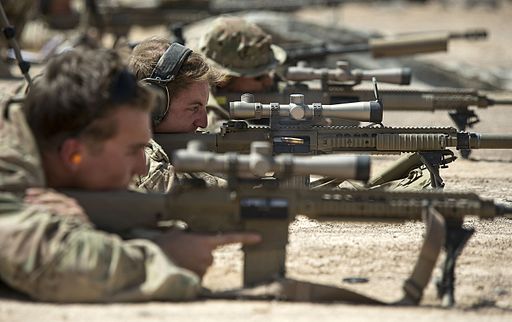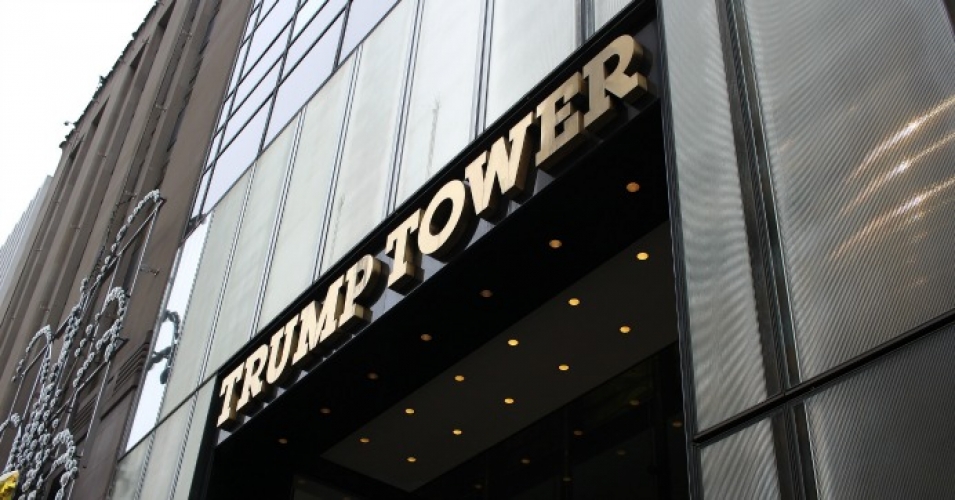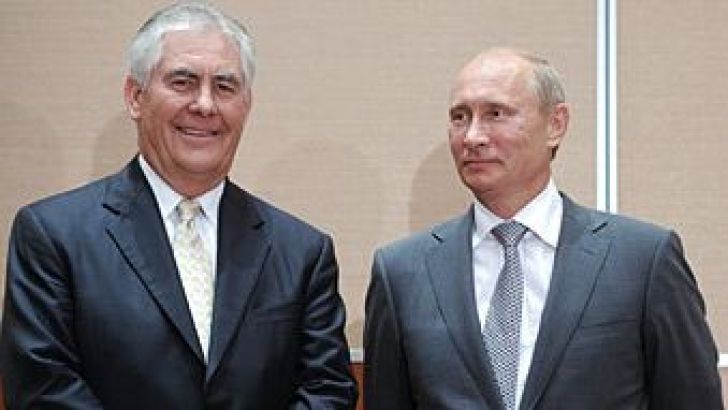
Gorsuch meets with Sen. David Perdue, R-Ga. on Friday, Feb. 10, 2017. AP Photo/J. Scott Applewhite
Clay Calvert, University of Florida
Senate Judiciary Committee hearings for United States Supreme Court justice nominee Neil Gorsuch are underway. ![]()
It’s time to consider some key questions about First Amendment speech rights the senators should ask during the constitutionally mandated advice-and-consent process.
These hearings often are contentious. That was the case for Justice Clarence Thomas in the early 1990s. And they surely won’t be a cake walk this time, given Democratic anger over Republican inaction on Merrick Garland, former President Barack Obama’s nominee to replace Justice Antonin Scalia, who died in February 2016.
The First Amendment questions I’d pose to Gorsuch are critical because the man who nominated him, President Donald J. Trump, bashes the press as “the enemy of the people” yet proclaims no one loves the First Amendment more than he.
An obvious question for Judge Gorsuch is his view of the court’s 2010 ruling in Citizens United v. Federal Elections Commission. That five-to-four decision divided sharply along perceived partisan lines. It affected the speech rights of corporations and unions in funding political ads shortly before elections. Committee Democrats no doubt will grill Gorsuch about Citizens United.
As the director of the Marion B. Brechner First Amendment Project at the University of Florida, I would like to suggest at least three other timely and vital questions he should be asked about speech rights – but that I doubt he will face.
Capturing cops on camera in public
The first question I’d pose to Gorsuch involves an issue the Supreme Court has never tackled – does the First Amendment protect a person’s right to record police officers doing their jobs in public places?
It’s a vital question in light of incidents such as the April 2015 shooting in the back of unarmed African-American Walter Scott by white police officer Michael Slager in South Carolina. A video of it was captured on a smartphone by barber Feidin Santana while walking to work. It was key evidence in Slager’s murder trial – which ended with a hung jury.
Without guidance from the Supreme Court about recording cops in public venues, lower courts have had to sort it out for themselves.
Just last month, the U.S. Court of Appeals for the Fifth Circuit concluded in Turner v. Driver that “First Amendment principles, controlling authority, and persuasive precedent demonstrate that a First Amendment right to record the police does exist, subject only to reasonable time, place and manner restrictions.” That’s a positive step in terms of creating a constitutional right to record cops within the Fifth Circuit, which includes Texas, Louisiana and Mississippi. But just what constitutes a “reasonable” restriction is extremely vague and problematic, especially because judges usually defer to officers’ judgments.
Worse still, some courts haven’t even recognized any First Amendment right to record police.
In the case of Fields v. City of Philadelphia, now under review by the U.S. Court of Appeals for the Third Circuit, a federal judge ruled there is no First Amendment right to film police in public spaces unless the person recording does so with the intent of challenging or criticizing police actions. In brief, there is no First Amendment right to neutrally record police as a bystander or journalist in Philadelphia.
Gorsuch thus should be asked: “Do citizens have a First Amendment right to record police doing their jobs in public places and, if there is such a right, what – if any – are the specific limits on that right?”
The right to protest in public places
Trump’s presidency ushers in a new era of confrontational political activism. Protests against Trump and rallies for him are common, with some ending in arrests. Berkeley, California – home of the 1960s free speech movement – saw 10 arrests this month when pro- and anti-Trump individuals clashed.
Gorsuch should be questioned about the First Amendment right to peaceably assemble and the limits on that right affecting political demonstrations on public streets, sidewalks and parks. The Supreme Court privileges such “quintessential public forums” for picketing and protests, and it carefully reviews any restrictions imposed there on speech and assembly. Would Gorsuch follow that tradition of protection?
Disturbingly, The New York Times reported earlier this month that lawmakers in more than 15 states are considering bills that would curb, to varying degrees, the right to protest. Some measures, such as Florida Senate Bill 1096, do so by requiring a special event permit be obtained before any protest on a street, thus stifling spontaneous demonstrations that might occur after a controversial executive order or a startling jury verdict.
Requiring the government to grant a permit before one can protest constitutes a prior restraint on speech. Prior restraints, the Supreme Court has repeatedly found, are presumptively unconstitutional.
Gorsuch thus should be asked: “What, if any, limits are there on the First Amendment right to engage in political speech in public spaces, including streets, sidewalks and parks?”
The right to offend
Finally, I’d ask Gorsuch for his views about the First Amendment right to offend. It’s an important topic today for three reasons.
First, protesters may use offensive language to capture attention and show the passion behind their views. The Supreme Court traditionally protects offensive political speech, as it famously did in 1971 in Cohen v. California. There it ruled in favor of Paul Robert Cohen’s First Amendment right to wear a jacket with the words “F— the Draft” in a Los Angeles courthouse hallway.
Second, some believe there’s a pall of political correctness in society, particularly in higher education. Some students may be deterred from using certain language or expressing particular viewpoints for fear they will offend others and thus be punished.
Third, the Supreme Court is set to rule in the coming months in a case called Lee v. Tam. It centers on the power of the U.S. Patent and Trademark Office to deny an Asian-American band called The Slants trademark registration over that name because it allegedly disparages Asians. The court heard oral argument in the case in January.
I’d thus ask Gorsuch: “When does offensive expression – in particular, offensive speech on political and social issues – lose protection under the First Amendment?”
Gorsuch already has submitted written answers to the Judiciary Committee on some issues, but not on the questions raised here. These topics – filming cops in public, protesting on streets and sidewalks, and using offensive language – seem especially relevant in a turbulent Trump era.
Clay Calvert, Brechner Eminent Scholar in Mass Communication, University of Florida
This article was originally published on The Conversation. Read the original article.


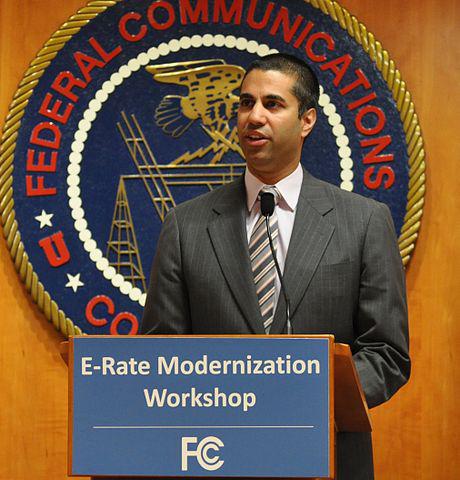
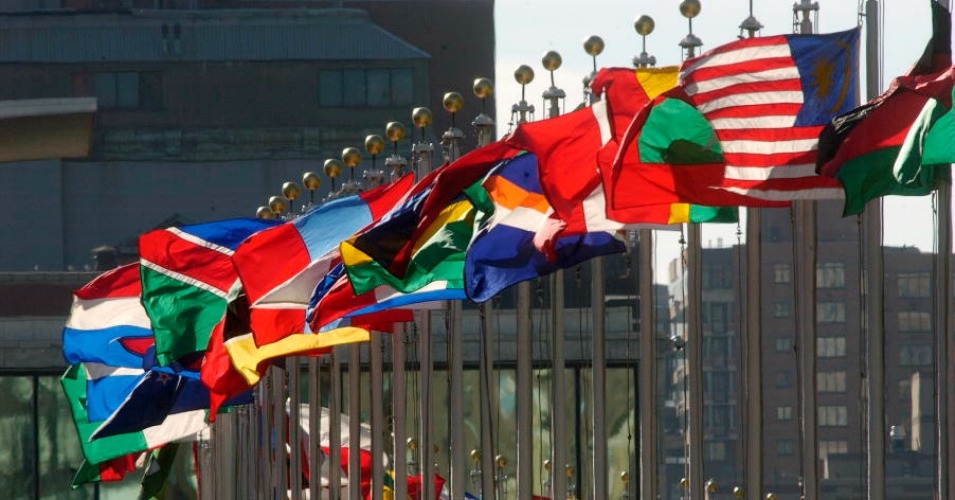
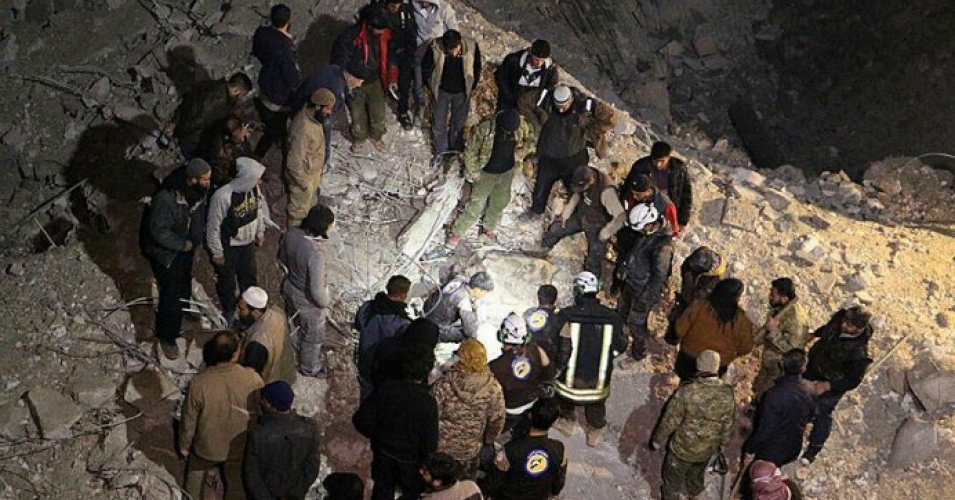
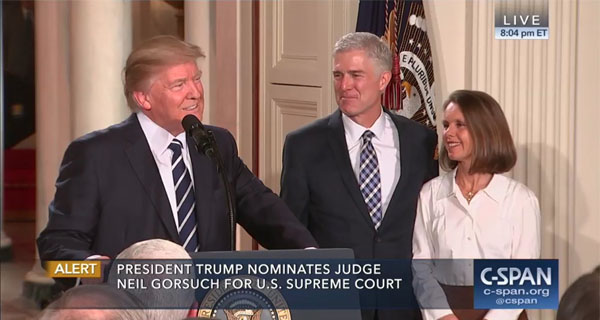
![Exhumed Shoes of Child Victim of Anfal Genocide - 3rd International Conference on Mass Graves in Iraq - Erbil - Iraq. Photo by Adam Jones, Ph.D. (Own work) [CC-BY-SA-3.0 (http://creativecommons.org/licenses/by-sa/3.0)], via Wikimedia Commons](http://occupyworldwrites.org/wp-content/uploads/2014/03/1024px-Exhumed_Shoes_of_Child_Victim_of_Anfal_Genocide_-_3rd_International_Conference_on_Mass_Graves_in_Iraq_-_Erbil_-_Iraq-300x200.jpg)
![Photo by Zaxo (Own work) [GFDL (http://www.gnu.org/copyleft/fdl.html) or CC-BY-3.0 (http://creativecommons.org/licenses/by/3.0)], via Wikimedia Commons](http://occupyworldwrites.org/wp-content/uploads/2014/03/1024px-Halabja_kurdish-300x225.jpg)
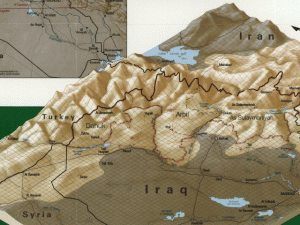
![Bakhtiar Awmar points to grave where his father, mother and sister are buried - victims of the 1988 Chemical Attack - Halabja, Kurdistan - Iraq. Photo By Adam Jones, Ph.D. (Own work) [CC-BY-SA-3.0 (http://creativecommons.org/licenses/by-sa/3.0)], via Wikimedia Commons](http://occupyworldwrites.org/wp-content/uploads/2014/03/1024px-Bakhtiar_Awmar_Points_to_Grave_Where_His_Father_Mother_and_Sister_Are_Buried_-_Victims_of_1988_Chemical_Attack_-_Halabja_-_Kurdistan_-_Iraq-200x300.jpg)
![Exhumed Clothing of Victims of Anfal Genocide - 3rd International Conference on Mass Graves in Iraq - Erbil - Iraq. Photo by Adam Jones, Ph.D. (Own work) [CC-BY-SA-3.0 (http://creativecommons.org/licenses/by-sa/3.0)], via Wikimedia Commons](http://occupyworldwrites.org/wp-content/uploads/2014/03/1024px-Exhumed_Clothing_of_Victims_of_Anfal_Genocide_-_3rd_International_Conference_on_Mass_Graves_in_Iraq_-_Erbil_-_Iraq-300x200.jpg)
